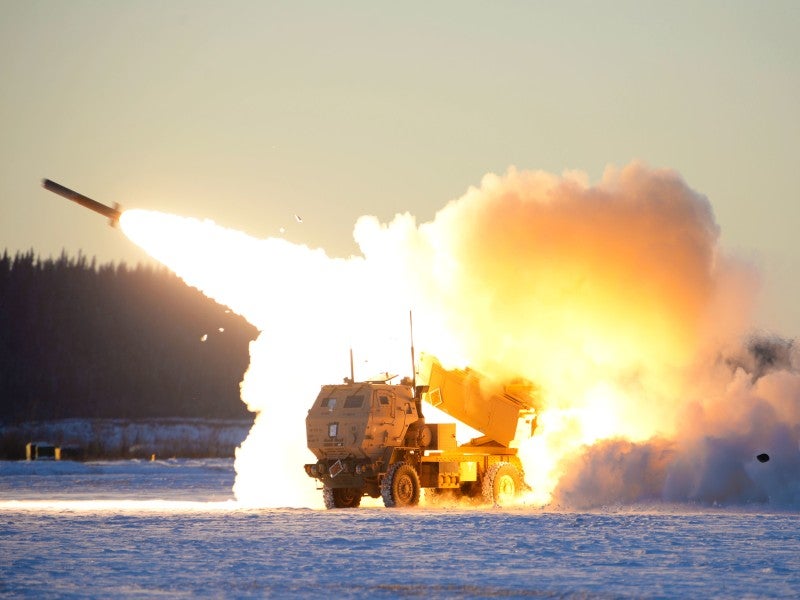
Understand the impact of the Ukraine conflict from a cross-sector perspective with the Global Data Executive Briefing: Ukraine Conflict
The US Department of Defense (DoD) has authorised an additional $275m military assistance package to support Ukrainian troops in strengthening their defence against Russian forces.

Discover B2B Marketing That Performs
Combine business intelligence and editorial excellence to reach engaged professionals across 36 leading media platforms.
The new tranche is the 27th drawdown of equipment from the US defence inventories for Ukraine since August 2021.
The package involves more ammunition for High Mobility Artillery Rocket Systems (HIMARS), counter air-defence capability, 80,000 155mm artillery rounds, equipment for counter-uncrewed aerial systems, 150 generators, and other field equipment.
The US will also provide High Mobility Multipurpose Wheeled Vehicles (HMMWVs), ambulances, and medical equipment.
To meet evolving battlefield requirements of Ukraine, the UK is also planning to provide air-defence systems and weapons to the war-torn nation.

US Tariffs are shifting - will you react or anticipate?
Don’t let policy changes catch you off guard. Stay proactive with real-time data and expert analysis.
By GlobalDataIt was confirmed by British Prime Minister Rishi Sunak in a telephone conversation with Ukrainian President Volodymyr Zelenskyy on 9 December.
Sunak said that Ukraine will receive more anti-air guns and short-range air defence missiles in the coming weeks.
An infantry training team of 120 personnel from the New Zealand Defence Force (NZDF) have also returned after providing training to 600 Ukrainian soldiers, as part of the UK-led international training programme.
The five-week training course, which started in September, covered basic soldiering, range practices, marksmanship, tactical exercises, and live-field firing training.
The deployed NZDF personnel trained Ukrainian recruits on how to handle different weapons and field craft, provide combat first aid, and manage survival on the battlefield, as well as how to fight in a trench or clear a building.
NZDF Land Component commander colonel Duncan Roy said: “Our NZ Army instructors have put every effort into providing them with the core skills needed for this.”
Under the same effort, the NZDF will now deploy approximately 66 personnel in January next year to provide six months of training.





